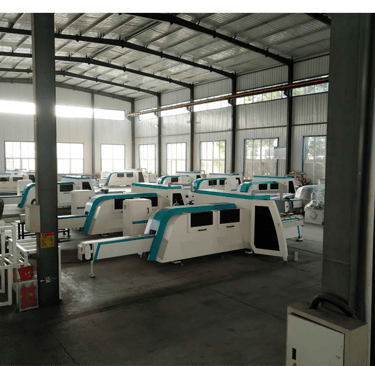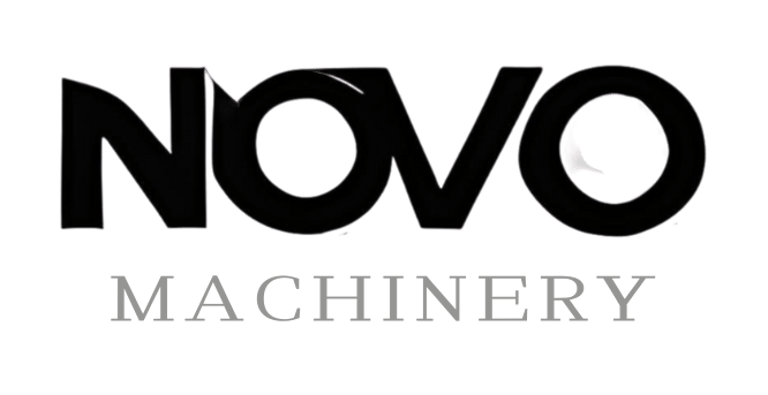4 Types of Busbar Processing Machines Explained
Discover the four types of busbar processing machines, from manual to fully automated solutions. Explore their scenarios and applications in the industry for efficient busbar processing.
7/30/20254 min read


Introduction to Busbar Processing Machines
Busbar processing machines play a pivotal role in the electrical industry, particularly in the fabrication and maintenance of busbars, which are essential components in electrical distribution systems. These devices facilitate the precise cutting, bending, drilling, and punching of busbars that are used to conduct electricity efficiently within power plants, substations, and other electrical infrastructures. The evolution of busbar processing has transitioned from traditional manual techniques to advanced automated systems, significantly enhancing efficiency and productivity in electrical assembly operations.
The manual processing of busbars involved considerable labor input and was often prone to human error. Operators would rely on basic hand tools, resulting in inconsistencies and inefficiencies in the shaping and handling of busbars. The shift to automated manufacturing processes has revolutionized how busbars are produced, ensuring high levels of accuracy and repeatability. This technological advancement allows for more complex designs and quicker turnaround times, which are crucial in meeting the growing demands for reliable electrical systems.
Implementing busbar processing machines offers numerous benefits. Automation reduces labor costs by minimizing the workforce required for production and alleviating the physical strain on workers engaged in repetitive tasks. Moreover, precision is heightened; automated systems can consistently achieve tighter tolerances than manual methods, thus decreasing the risk of failures due to flawed components. Furthermore, the safety of operators is improved as machines handle potentially hazardous tasks, reducing the risk of accidents and injuries.
As the electrical industry embraces automation, understanding the various types of busbar processing machines becomes necessary. This insight will help stakeholders select the most suitable equipment for their specific applications, maximizing the benefits of these advanced technologies. The subsequent sections will delve into the four primary categories of busbar processing machines and the unique scenarios in which they excel.
Manual Busbar Processing Machines
Manual busbar processing machines play a significant role in smaller operations and specific applications that require a hands-on approach. These machines are designed to perform various tasks, including cutting, bending, and punching of busbars, relying on the skill and precision of the operator. Typically, manual machines are characterized by their straightforward operation, making them an accessible option for companies that may not have the budget for fully automated solutions.
One of the primary advantages of manual busbar processing machines is their versatility. They are ideal for custom fabrication or prototyping, as operators can easily adjust settings and techniques to meet unique specifications. This adaptability is particularly beneficial for small-scale projects or incomplete runs, where tailored solutions are necessary. Additionally, manual machines require less initial investment and maintenance compared to their automated counterparts, making them a practical choice for startups or companies operating in niche markets.
However, manual machines also come with limitations. The dependence on human skill means that the quality of the finished product can vary greatly based on the operator's experience and proficiency. Furthermore, manual processing can be time-consuming, as tasks are performed at a slower pace than automated machines. This can become a drawback for operations experiencing increased demand or aiming to streamline their production processes.
In certain scenarios, manual busbar processing machines remain a preferred choice, particularly when flexible and customized solutions are needed. For companies engaged in research and development or those producing limited quantities of specialized busbars, these machines provide the necessary functionality without excessive investment. Ultimately, understanding the strengths and weaknesses of manual systems is essential when considering the transition toward more automated solutions in busbar processing.
Semi-Automatic Busbar Processing Machines
Semi-automatic busbar processing machines represent a pivotal transition in the landscape of manufacturing, acting as a bridge between fully manual systems and fully automated processes. These machines are designed to enhance various operations, including cutting, punching, and bending, while still allowing for a certain level of manual intervention. This hybrid approach offers significant flexibility and can greatly improve productivity, making it an appealing choice for businesses aiming to balance efficiency with operator control.
One of the primary advantages of semi-automatic busbar processing machines is their adaptability. They can handle a wide range of busbar sizes and specifications, catering to diverse project requirements. Operators have the ability to manually adjust settings or switch between different production modes based on current needs. This feature is particularly beneficial in environments where product variations are frequent or order quantities fluctuate. Businesses can thus increase their operational efficiency without investing in wholly automated systems, which may not be necessary for every project.
In addition to flexibility, semi-automatic machines often come equipped with user-friendly interfaces that streamline the transition from manual tasks to automated processes. Operators are provided with essential training to navigate the machine’s features effectively, thereby enhancing their productivity. As a result, these machines fill a vital role in scenarios where the production volume does not warrant full automation but still requires significant speed and precision. In sectors such as electrical manufacturing and construction, where busbars are critical components, semi-automatic machines are increasingly employed to meet production demands without sacrificing quality or efficiency.
Type 3 and 4: Fully Automated Busbar Processing Machines
Fully automated busbar processing machines represent a significant advancement in the manufacturing industry, allowing for increased efficiency, precision, and production capacity. The two primary categories within this realm are modular and integrated busbar processing machines, each designed to cater to distinct operational needs. Modular systems are typically characterized by their flexibility; they can be assembled to create a customized configuration that suits specific production requirements. These machines are particularly beneficial for manufacturers who need to adapt to varying busbar specifications without investing in multiple standalone units.
On the other hand, integrated busbar processing machines offer a turnkey solution that combines multiple manufacturing processes into a single unit. These systems streamline operations by minimizing the need for manual intervention or additional machinery, making them well-suited for high-volume production lines. In large manufacturing plants, integrated machines can facilitate a seamless workflow, reducing transit times and potential errors associated with moving components between different machines. Moreover, integrated systems often come equipped with advanced software for monitoring and optimizing performance, further enhancing operational efficiency.
The choice between modular and integrated systems ultimately depends on factors such as production volume, manufacturing diversity, and available floor space. For example, a modular system might be ideal for a facility that produces various busbar types in smaller quantities. In contrast, a large-scale manufacturer prioritizing high-speed production and minimal downtime may find the investment in an integrated busbar processing machine more advantageous.
By investing in fully automated systems, manufacturers can experience a significant boost in output and quality. Automated processes minimize errors, reduce labor costs, and allow for faster turnaround times, which are pivotal in a competitive market. Implementing either modular or integrated solutions can transform operational capabilities, leading to enhanced productivity and overall success in the busbar manufacturing sector.
Innovate
Leading manufacturer of busbar processing equipment solutions.
Contact
Support
+131 2713 4627
© 2025. All rights reserved.
